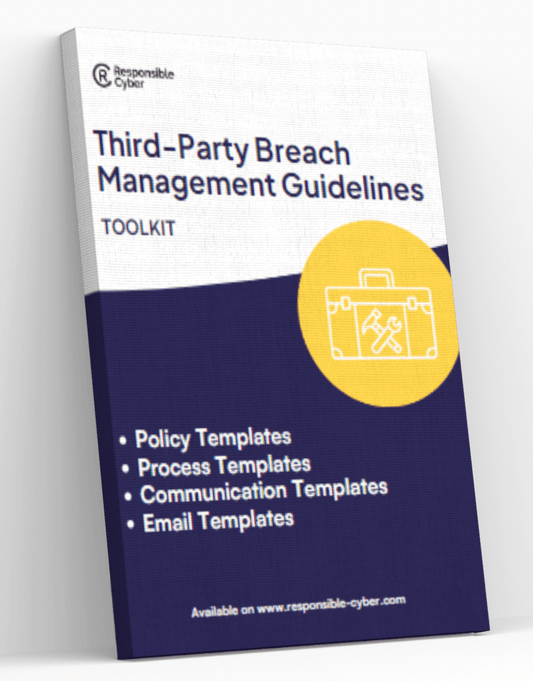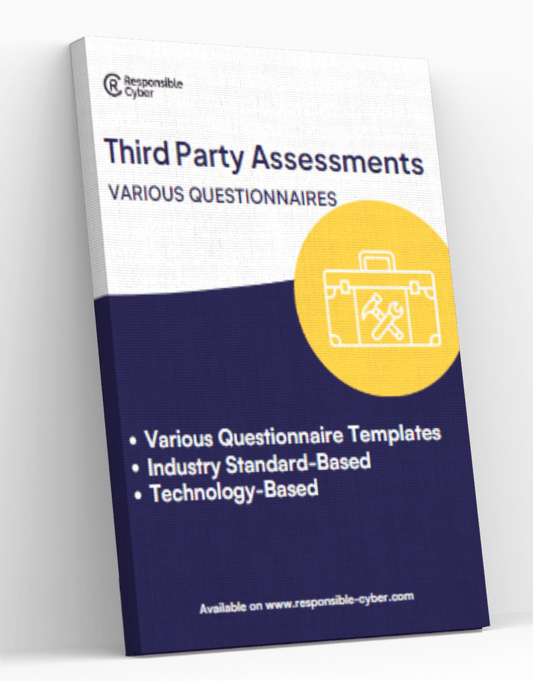Comprehensive Guide to Mitigating EOR Risk

Comprehensive Guide to Linking TPRM to EOR Platforms and Mitigating EOR Risk
Understanding how to effectively manage risks associated with Employer of Record (EOR) platforms through Third-Party Risk Management (TPRM).
Introduction to EOR Risk
Employer of Record (EOR) platforms are increasingly popular, offering a streamlined way to handle employment-related responsibilities in global operations. However, with their growing use, understanding and managing EOR risk becomes critical. This comprehensive guide explores how Third-Party Risk Management (TPRM) frameworks can be effectively applied to mitigate risks associated with EOR platforms.
Identifying and Categorizing EOR Risks
To effectively manage EOR risk, it’s essential to identify and categorize potential risks. Here are the primary categories:
- Operational Risks: Ensure EORs have robust operational procedures, adequate staffing, and effective service delivery.
- Compliance Risks: Verify that EORs comply with local labor laws, tax regulations, and industry standards.
- Financial Risks: Assess the financial stability of EORs to ensure they can meet payroll and other financial obligations.
- Reputational Risks: Evaluate the EOR's market reputation and history of regulatory issues or litigation.
Developing a Risk Assessment Framework
A comprehensive risk assessment framework tailored to EORs should include the following steps:
Risk Identification
List potential risks associated with EOR services. This includes both internal and external risks that could impact the organization.
Risk Evaluation
Assess the likelihood and impact of each identified risk. Use tools like risk matrices and heat maps to prioritize risks based on their severity.
Risk Mitigation
Establish controls and mitigation strategies for each identified risk. This could involve implementing new policies, procedures, or technologies to reduce risk exposure.
Due Diligence and Onboarding
Conducting thorough due diligence and establishing a rigorous onboarding process for EORs is crucial. Key steps include:
Vendor Screening
Conduct thorough background checks and due diligence on EOR providers to ensure they meet your organization's standards and requirements.
Compliance Checks
Verify EOR compliance with relevant laws and regulations. This includes local labor laws, tax regulations, and industry standards.
Contractual Agreements
Ensure contracts clearly define roles, responsibilities, and risk-sharing mechanisms. Include clauses related to risk management, data protection, and compliance.
Continuous Monitoring and Reporting
Continuous monitoring and regular reporting are essential to ensure ongoing risk management. Key activities include:
Performance Metrics
Monitor key performance indicators (KPIs) related to EOR services. This helps track the performance and effectiveness of the EOR.
Regular Audits
Perform periodic audits to ensure ongoing compliance and risk management. This includes both internal and external audits of EOR operations.
Incident Reporting
Implement a system for reporting and managing incidents related to EOR services. Ensure there is a clear process for incident resolution and follow-up.
Technology Integration
Leveraging technology can enhance the effectiveness of TPRM in managing EOR risk. Key steps include:
TPRM Platforms
Use TPRM software to automate risk assessments, due diligence, and monitoring. This ensures a consistent and scalable approach to risk management.
Data Integration
Integrate EOR data with TPRM systems for real-time risk analysis. This provides a comprehensive view of risk exposure across the organization.
Analytics and Reporting
Leverage analytics tools to generate insights and reports on EOR risks. This helps in identifying trends and areas for improvement.
Training and Awareness
Ensuring that all stakeholders are aware of EOR risks and TPRM practices is crucial for effective risk management. Key steps include:
Stakeholder Training
Educate stakeholders on EOR risks and TPRM practices. This ensures everyone involved understands their role in risk management.
Employee Awareness
Ensure employees understand the risks associated with using EOR services and the measures in place to mitigate them. This includes regular training sessions and awareness campaigns.
Collaboration and Communication
Effective collaboration and communication are essential for managing EOR risk. Key activities include:
Internal Collaboration
Foster collaboration between risk management, compliance, HR, and procurement teams. This ensures a coordinated approach to risk management.
External Communication
Maintain open communication channels with EORs for effective risk management. This includes regular updates and feedback sessions.
Incident Management and Response
Having a robust incident management and response plan is critical for addressing issues related to EOR services. Key steps include:
Incident Response Plan
Develop a plan to address incidents related to EOR services. This includes clear procedures for incident reporting, investigation, and resolution.
Root Cause Analysis
Conduct root cause analysis for incidents to prevent recurrence. This helps in identifying underlying issues and implementing corrective actions.
Corrective Actions
Implement corrective actions and monitor their effectiveness. This ensures that issues are resolved and do not recur.
Practical Steps for Implementation
Implementing TPRM for EOR risk management involves several practical steps. These include:
Risk Assessment Tools
Utilize tools like risk matrices, heat maps, and scoring systems to evaluate EOR risks. This helps in prioritizing risks based on their severity.
Vendor Risk Rating
Assign risk ratings to EORs based on their risk profile and performance. This helps in identifying high-risk vendors and taking appropriate actions.
Contract Management
Ensure contracts include clauses related to risk management, data protection, and compliance. This provides a clear framework for managing risks.
Automated Workflows
Implement automated workflows for risk assessments, approvals, and monitoring within the TPRM system. This ensures a consistent and efficient approach to risk management.
Conclusion
By following these steps, organizations can effectively link TPRM to EOR platforms, ensuring comprehensive risk management and compliance with relevant standards and regulations. As EOR platforms continue to grow, understanding and mitigating EOR risk is crucial for maintaining operational stability and achieving business objectives.
For more information on managing EOR risk, visit RiskImmune.







